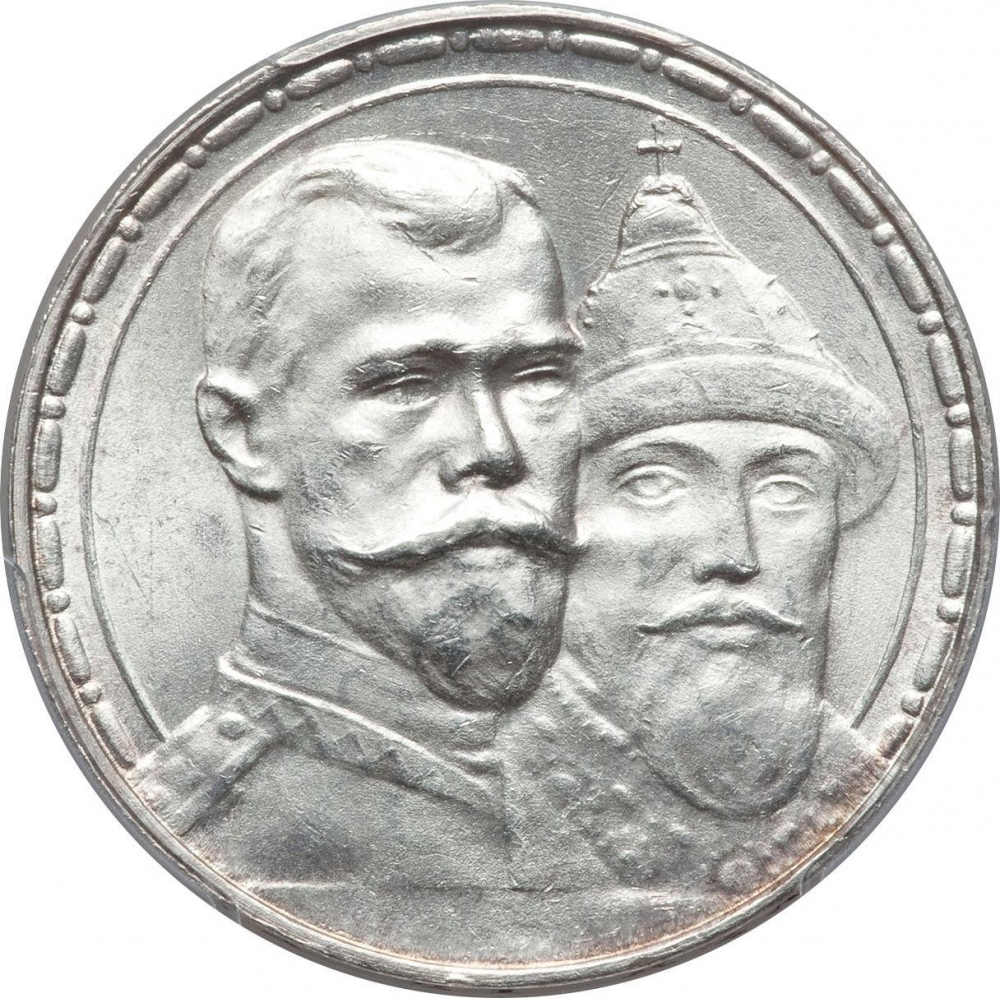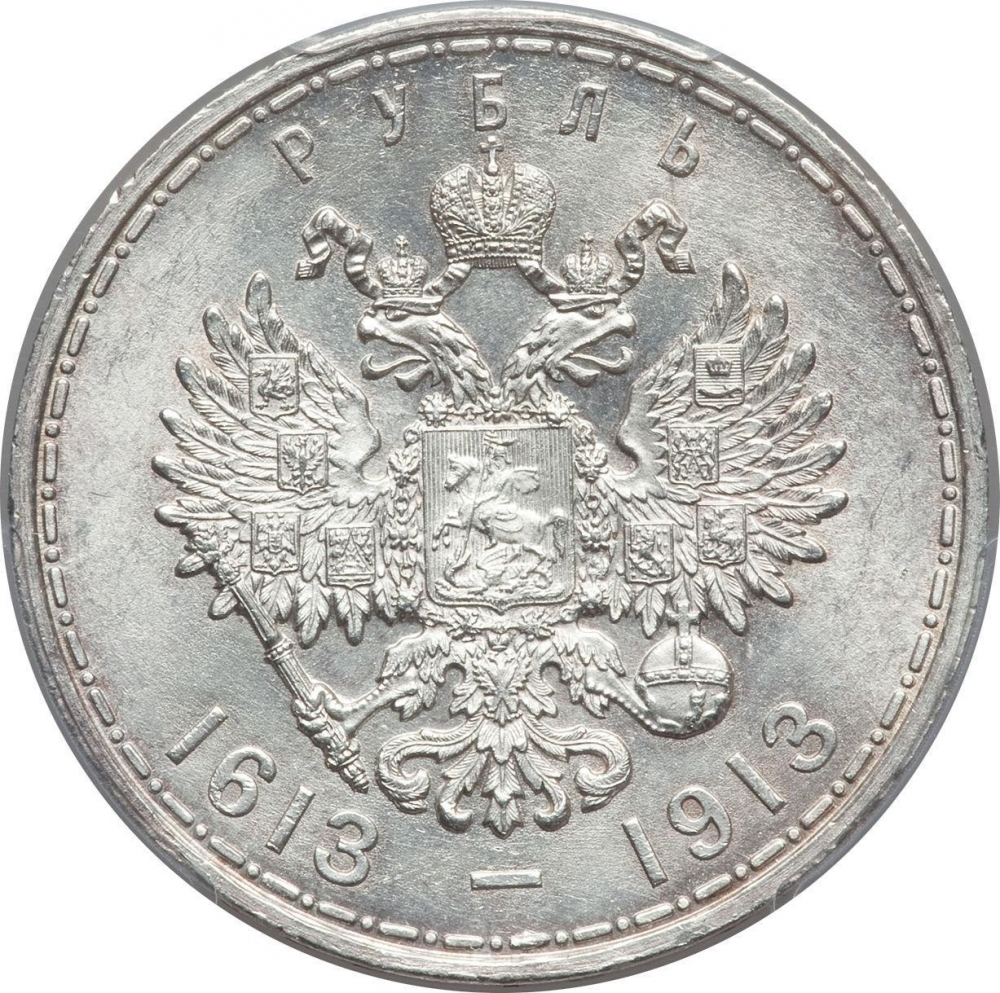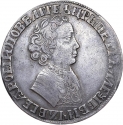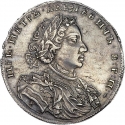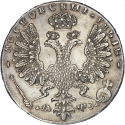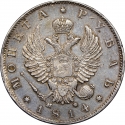You are about to finish your registration. Please check your mailbox (including spam folder). There should be a letter with a confirmation link. Check setting to make sure that your e-mail address is correct.
Send letter againDescription
The 300th anniversary of the Romanov dynasty occurred on March 6 (February 21 O. S.) 1913, in commemoration of Zemsky Sobor electing Michael I (Mikhail Fyodorovich Romanov) for Tsar of All Russia in 1613.
The major state jubilee was a public celebration by the House of Holstein-Gottorp-Romanov, which commemorated the reign of the House of Romanov in the Russian Empire.
Obverse

|
On the obverse of the coin features two rulers: left Emperor Nicholas II in military uniform of the life guards of the 4th infantry regiment of the Imperial family, right Michael I in Royal robes and Monomakh's Cap. Portraits made in a circular frame around of a Greek ornament. |
|---|---|
Reverse

|
Displays the Lesser Coat of Arms of the Russian Empire. Above it an inscription with the nominal RUBLE, at the bottom a dual date 1613-1913. A circular frame of a Greek ornament is around. РУБЛЬ |
| Edge |
The edge is smooth, with embossed inscription "Pure silver 4 zolotniks 21 parts" and the sign of Mintmaster of St. Petersburg mint, Victor Smirnov. ЧИСТОГО СЕРЕБРА 4 ЗОЛОТНИКА 21 ДОЛЯ (В•С) |
1 Ruble
300th Anniversary of the Romanov Dynasty
Y# 70
300th Anniversary of the Romanov Dynasty
